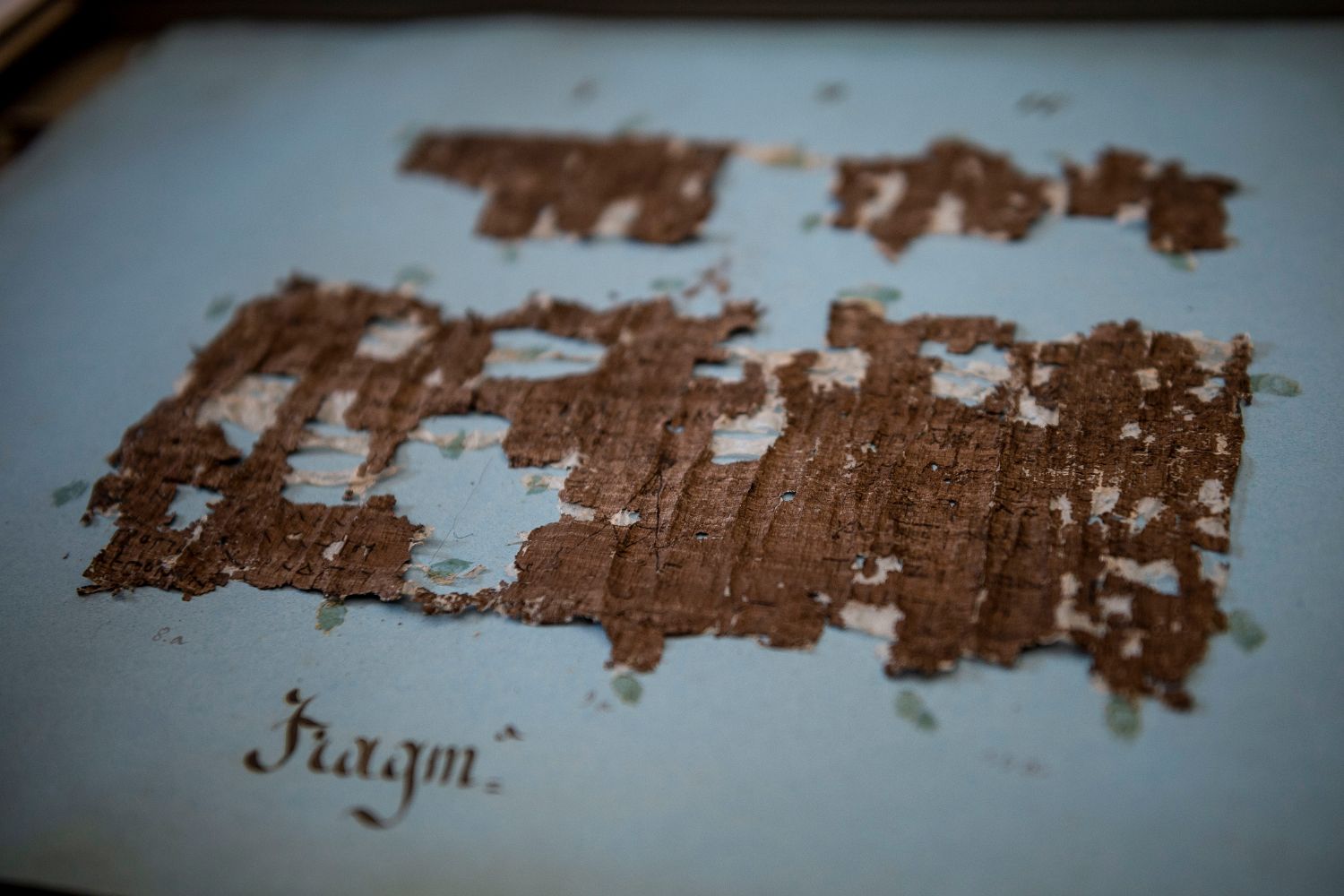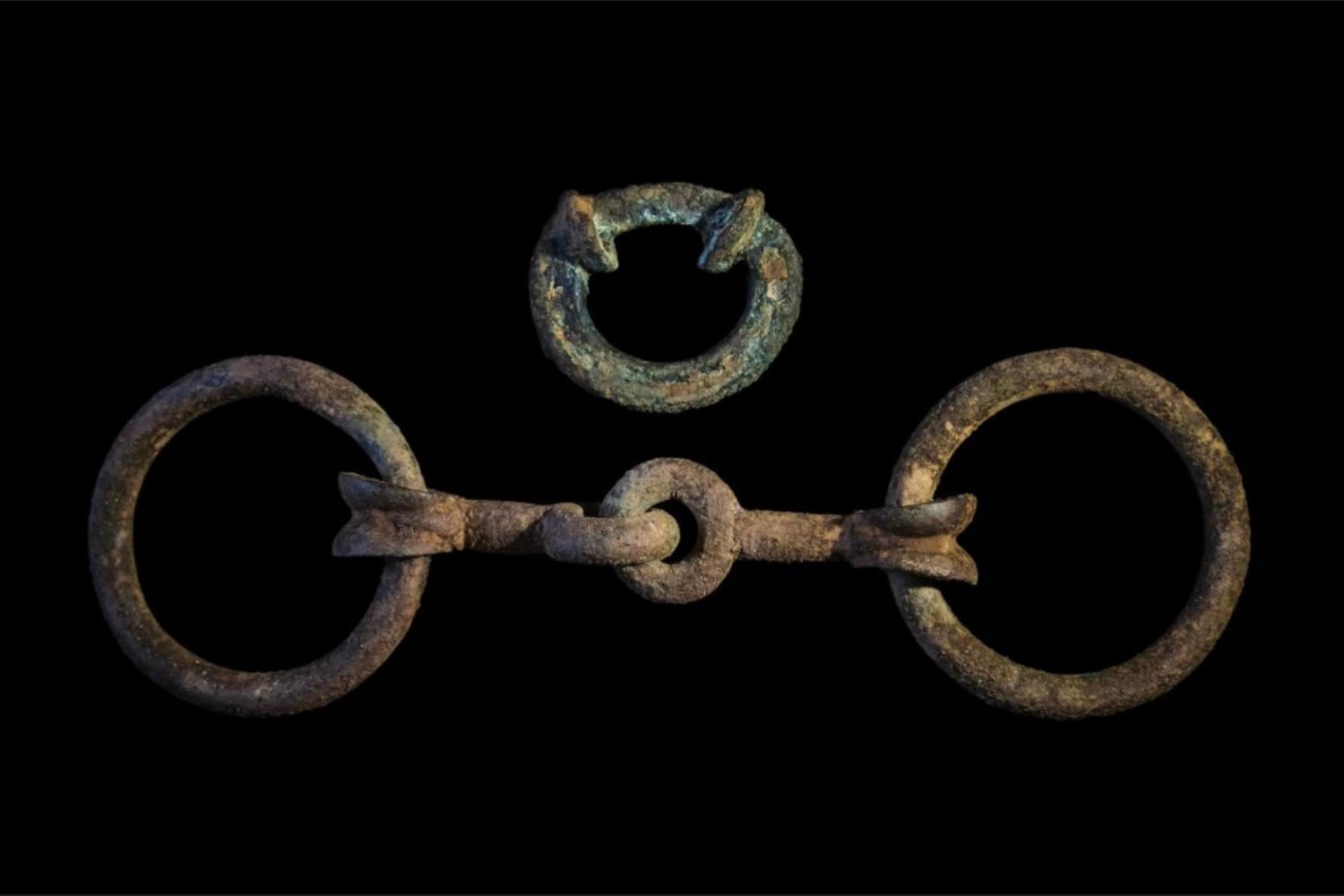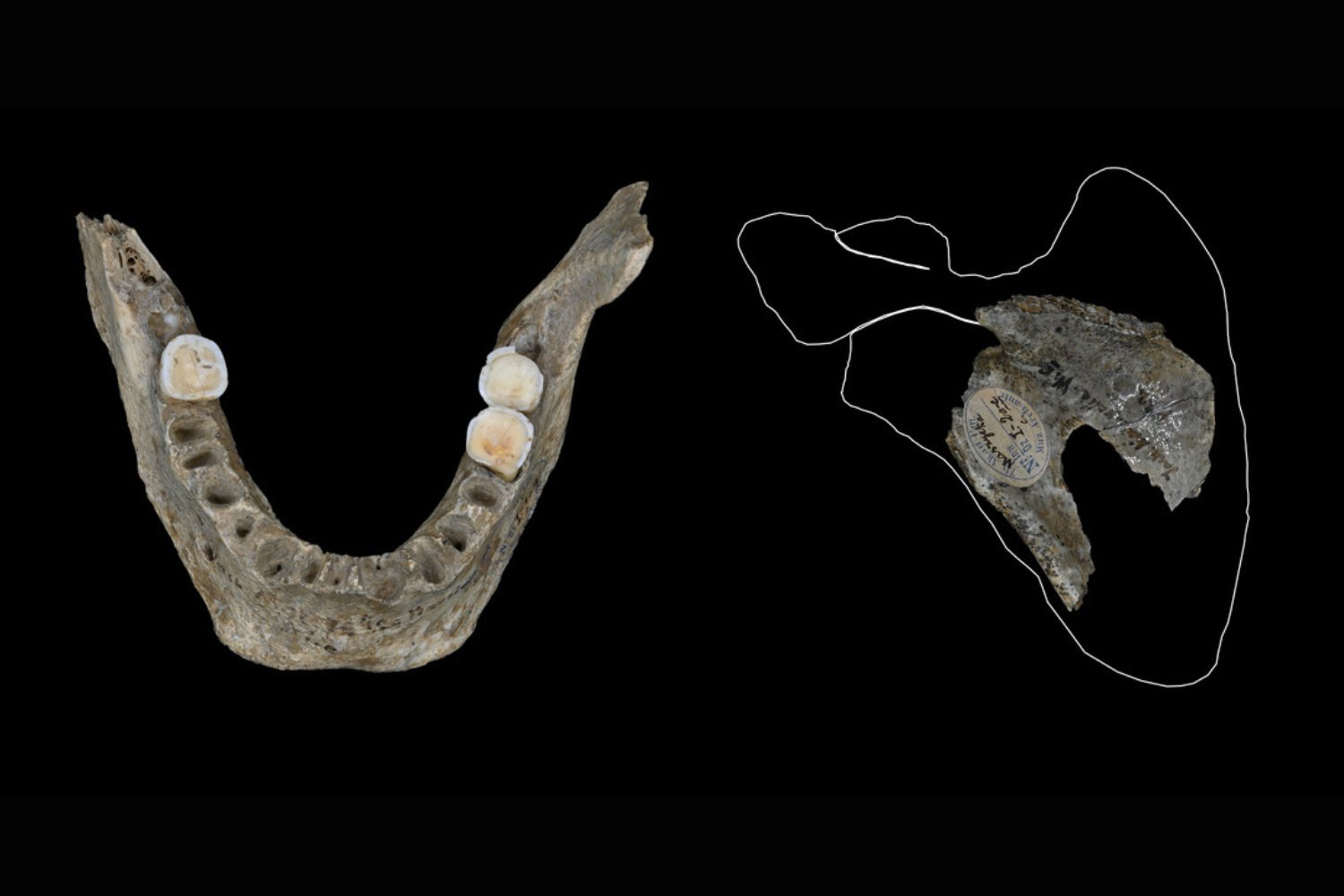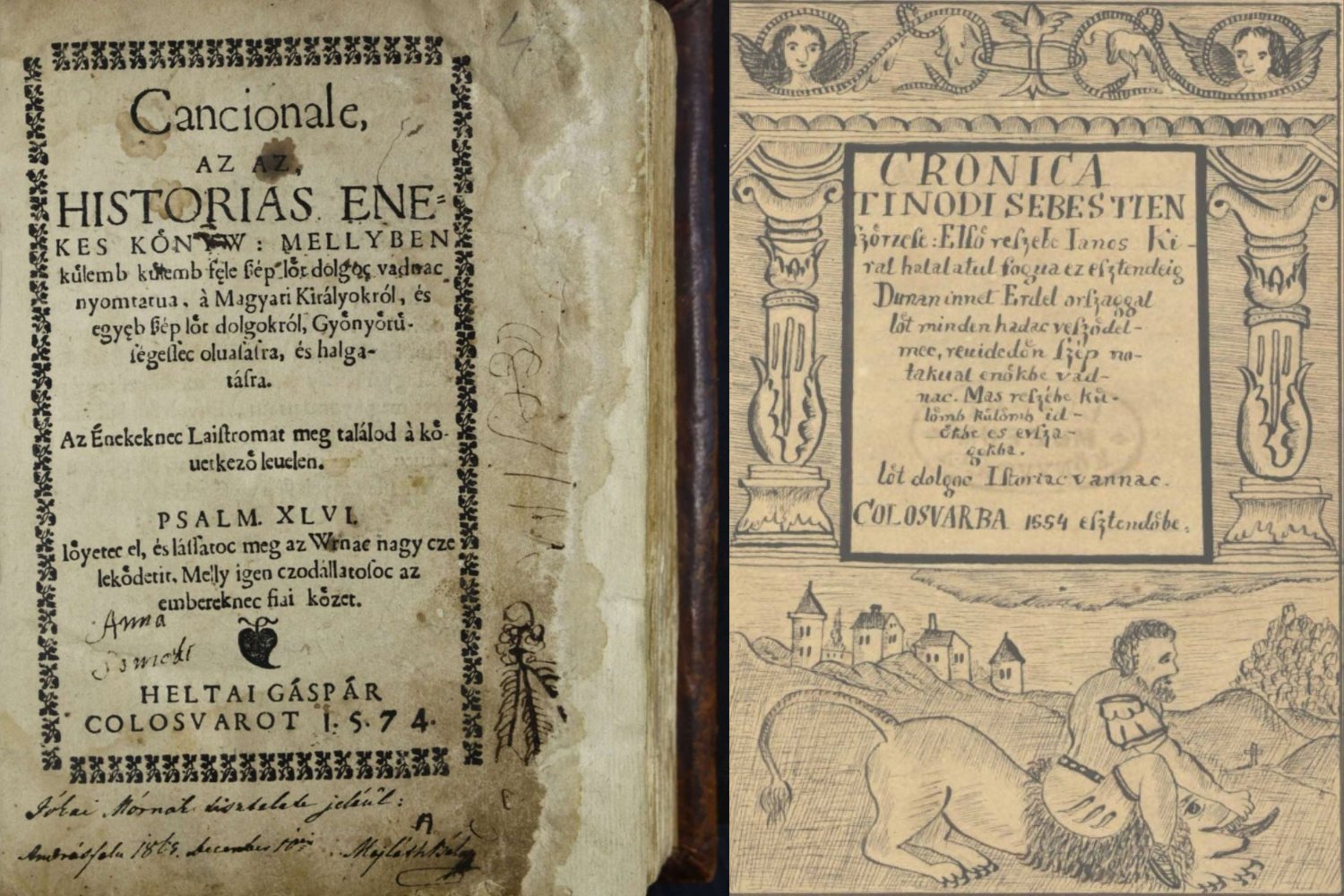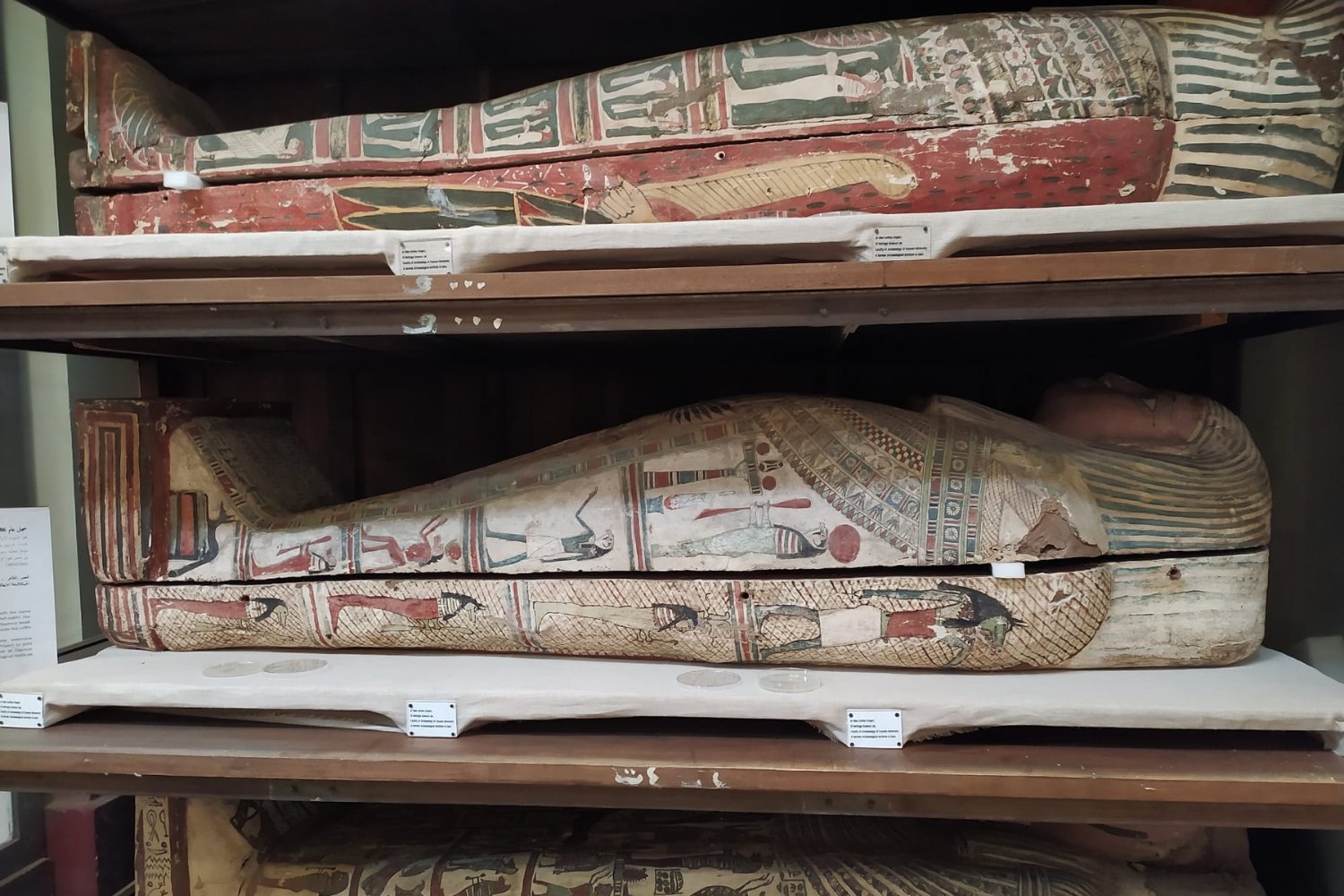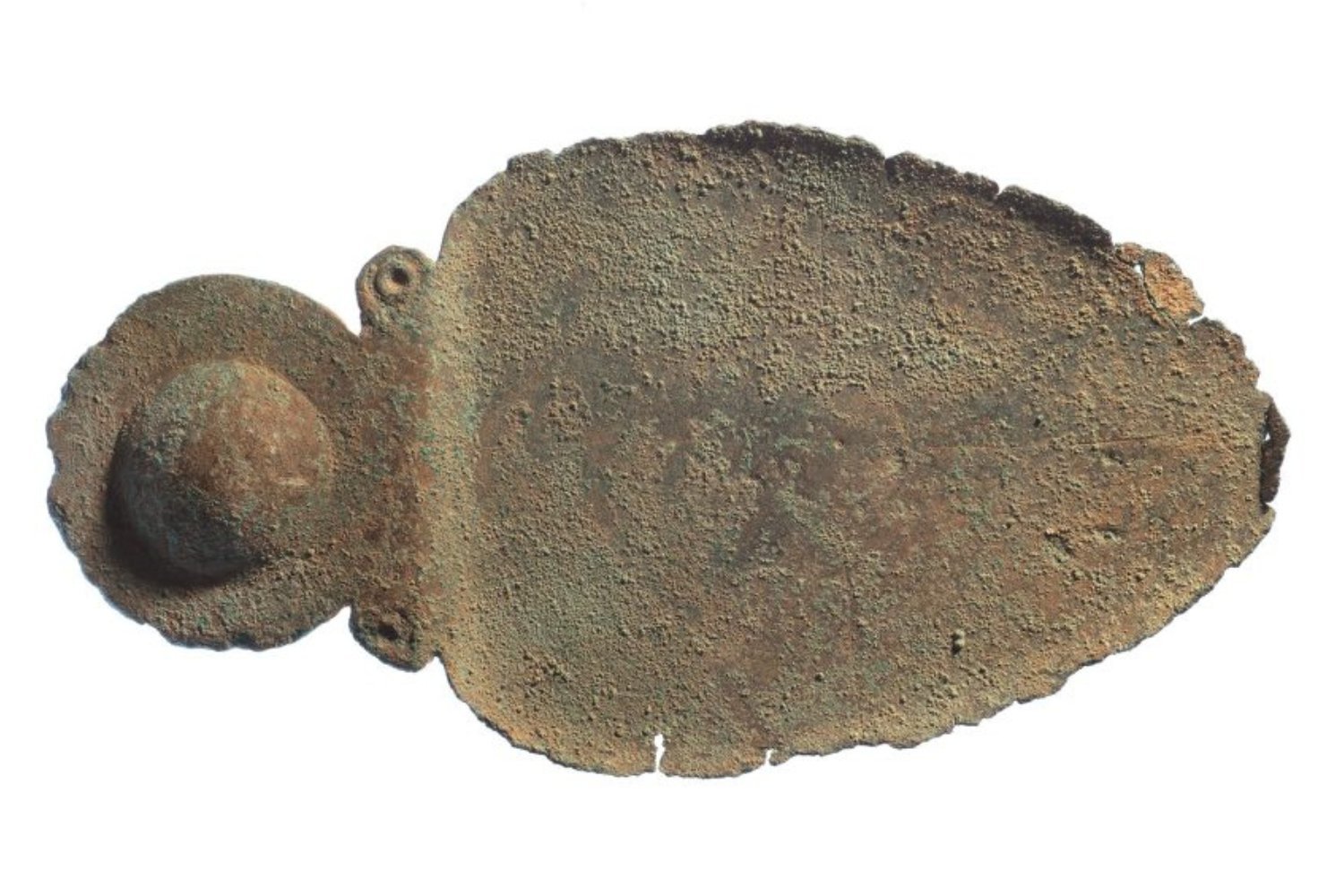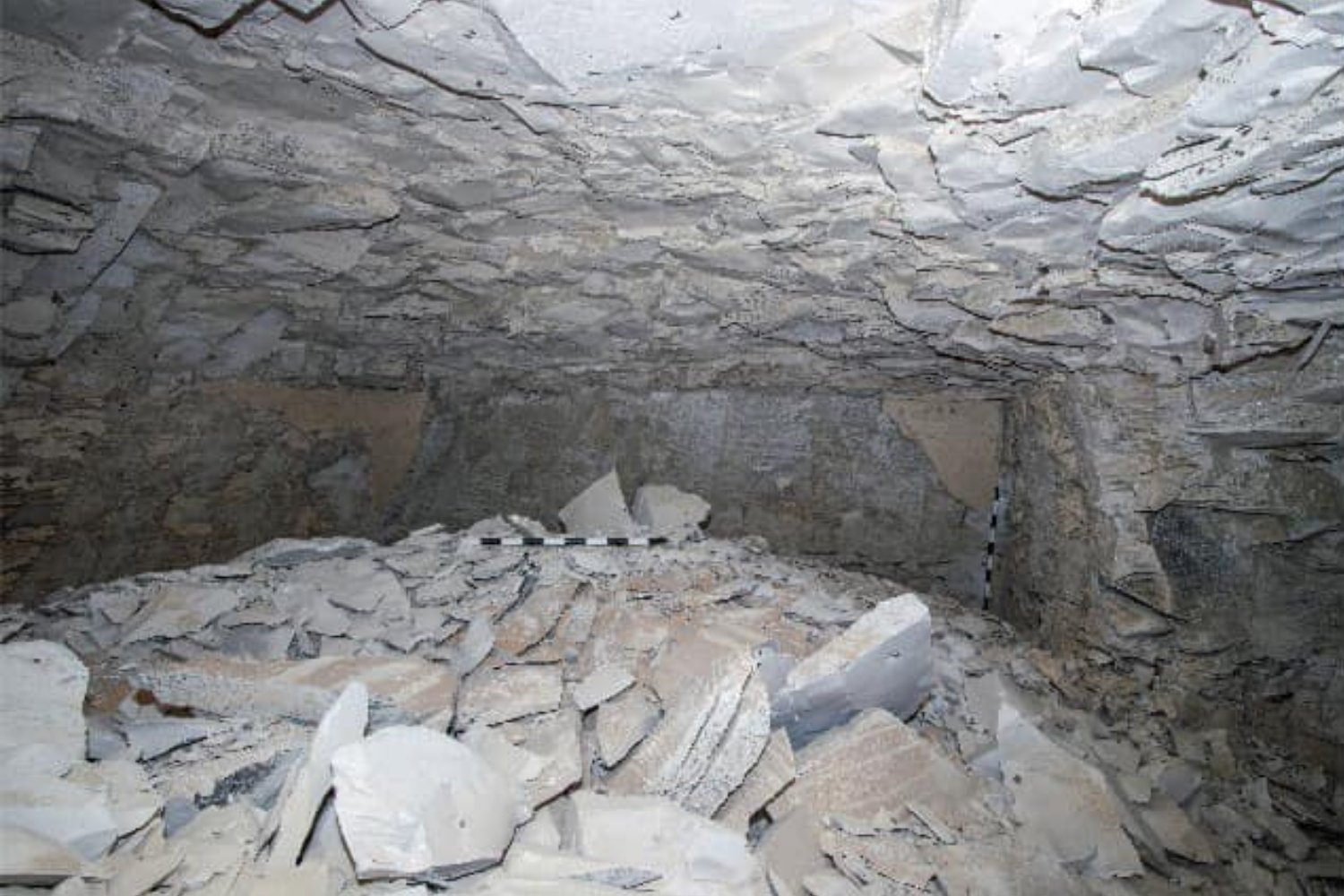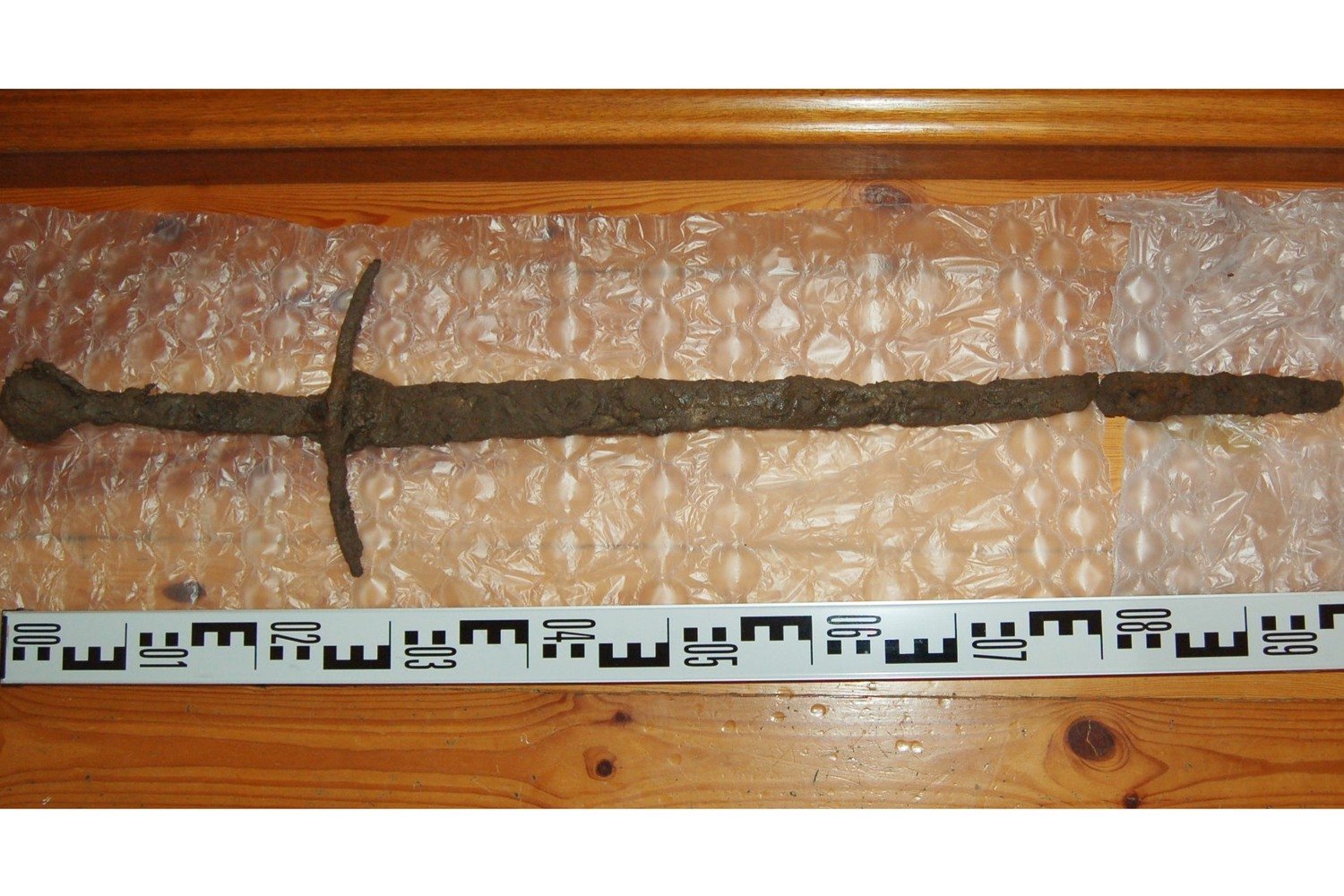The eruption of Mount Vesuvius in 79 CE tragically buried the Roman towns of Pompeii and Herculaneum, preserving them in a time capsule of ash and volcanic debris. Among the artifacts discovered were nearly 2,000 carbonized scrolls, offering a glimpse into the lives and thoughts of those who lived in the shadow of the volcano. Now, thanks to cutting-edge AI technology, another one of these scrolls, PHerc. 172, housed at the University of Oxford’s Bodleian Libraries, is revealing its secrets.
This scroll is one of three from Herculaneum held at the Bodleian Libraries, a gift from Ferdinand IV of Naples and Sicily in the early 19th century. Its decipherment is part of the Vesuvius Challenge, a competition incentivizing the translation of these fragile texts with significant cash prizes. The challenge leverages AI algorithms, allowing researchers to read the scrolls without the risks associated with physically unwrapping them.
Digital Unwrapping: A Breakthrough in Ancient Text Analysis
The key to unlocking these ancient texts lies in a technique called “digital unwrapping,” pioneered by experts at the University of Kentucky. This process combines X-ray tomography and computer vision to create 3D models of the scrolls, which are then digitally unrolled. A neural network then analyzes the scan data, identifying patterns indicative of ink on the papyrus.
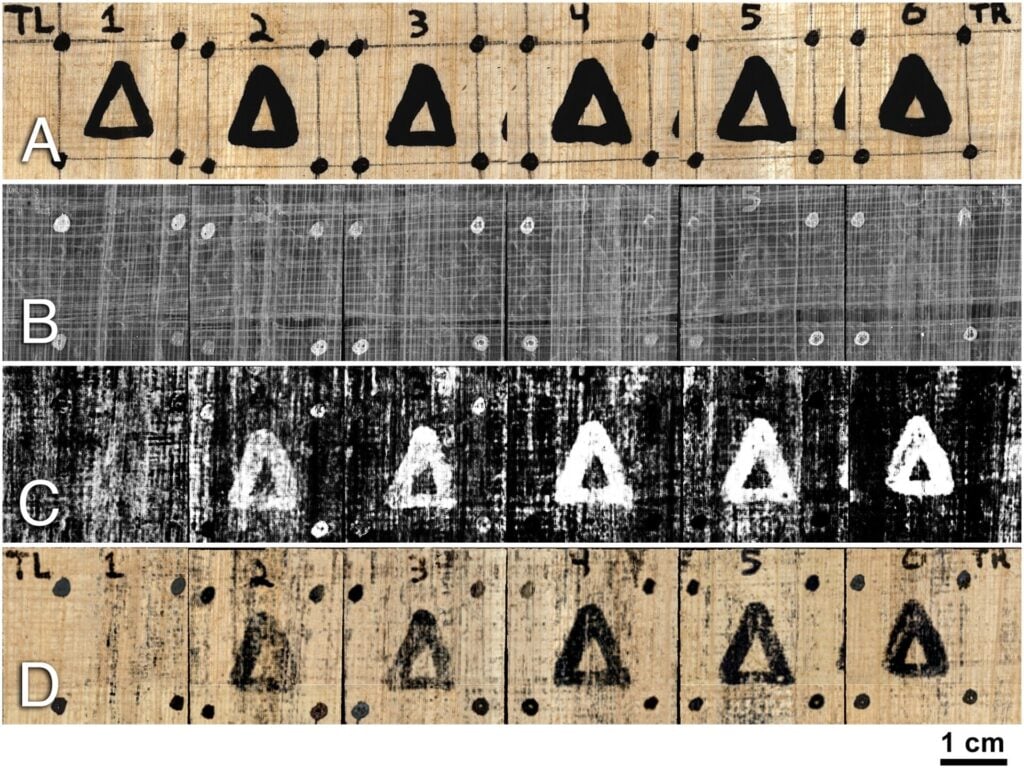 Top to bottom: a reference photograph, a texture image, a network-generated prediction image, and a network-generated photorealistic rendering.
Top to bottom: a reference photograph, a texture image, a network-generated prediction image, and a network-generated photorealistic rendering.
This technology gained significant attention when Luke Farritor, then 23, deciphered the first word from an unopened scroll, winning $40,000 in October 2023. He later joined a team that secured the 2023 grand prize of $700,000. The Musk Foundation, a key sponsor, has contributed over $2 million to the Vesuvius Challenge.
Deciphering PHerc. 172: A Collaborative Effort
PHerc. 172 was scanned by the Diamond Light Source in the UK in July 2024. Over the subsequent months, the scroll’s contents were painstakingly reconstructed digitally. The team has successfully deciphered the last 26 lines of each column, revealing words like the Ancient Greek “διατροπή,” meaning “disgust,” appearing twice in the initial columns.
Richard Ovenden, Director of the University Libraries, emphasized the significance of this interdisciplinary collaboration: “It’s an incredible moment in history as librarians, computer scientists, and scholars of the classical period are collaborating to see the unseen.” He highlighted how advancements in imaging and AI are enabling access to texts unread for nearly two millennia.
The Mystery Continues: Unfolding the Scroll’s Core
While significant progress has been made, the core of the papyrus remains undeciphered. Researchers are hopeful that this section might contain the work’s title, further enriching our understanding of ancient Roman literature and philosophy. The ongoing work on PHerc. 172 and other Herculaneum scrolls promises to continue unveiling lost knowledge and offering invaluable insights into the past.



